Money Talks Radio Show Archive
In 1992, “Money Talks,” a radio program on the history and lore of money, began broadcasting across the country on several local radio stations. The “Money Talks” broadcasts were typically 2-4 minutes long and consisted of coin stories that were recorded to educate and encourage interest in the hobby of numismatics.
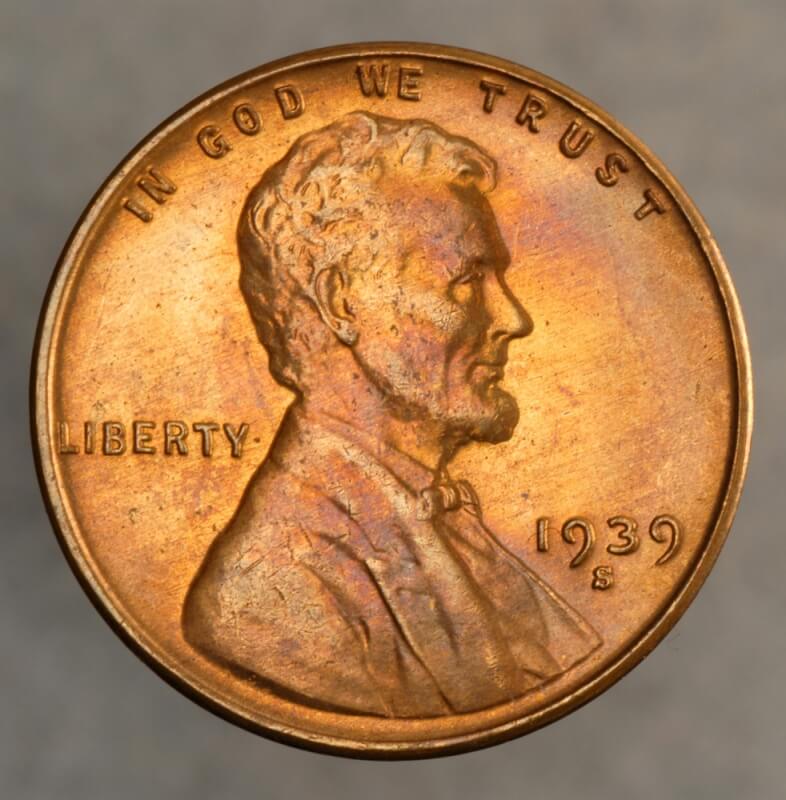
Abraham Lincoln
Jan 1, 1993. As we go about our day we seldom think about who is on our coins and how the person on them influenced our country. This excerpt by the American Numismatic Association about Abraham Lincoln reminds us why he is on the penny. Abraham Lincoln is remembered as the U.S. President who freed the slaves. The Emancipation Proclamation was issued after the Civil War as a way to announce that starting Jan. 1, 1863, all slaves should be forever free. The Lincoln cent is a small reminder in our pocket of a man who changed the lives of millions of people and brought a new understanding of freedom to America. 2:43
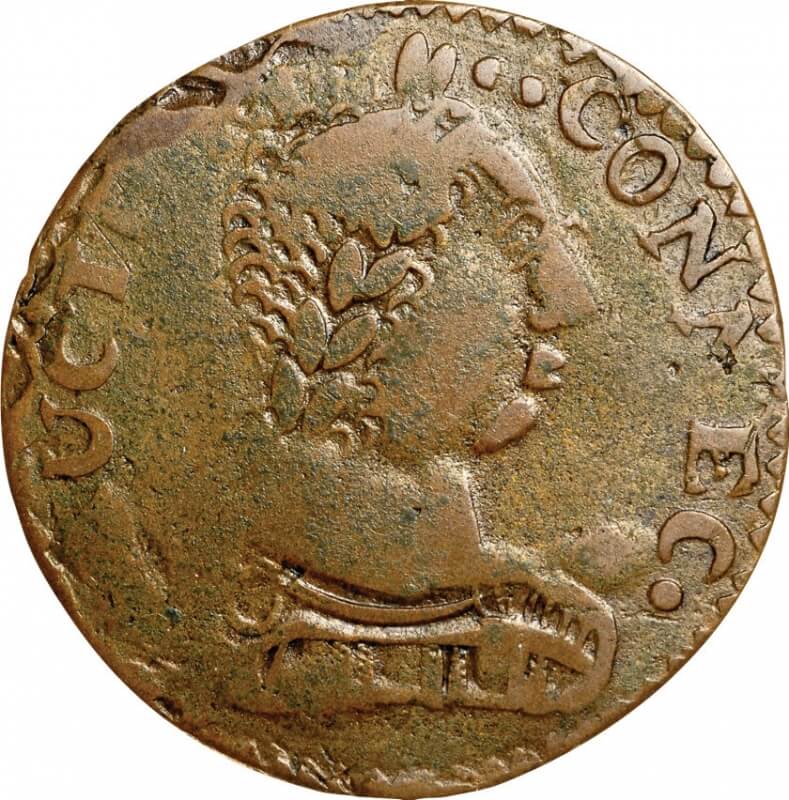
Bungtown Coppers
Jan 4, 1993. Today it is very rare to come across a counterfeit coin. In fact, many Americans have never held one. This was not the case 200 years ago. After the Revolutionary War it was very common to receive a counterfeit coin when you were buying or selling something. These coins were called “Bungtown Coppers” because the majority of them were made in Swansea, Massachusetts, also called “Bungtown.” Back then, these coins were worthless. Now, they’re a collector’s item. 2:46
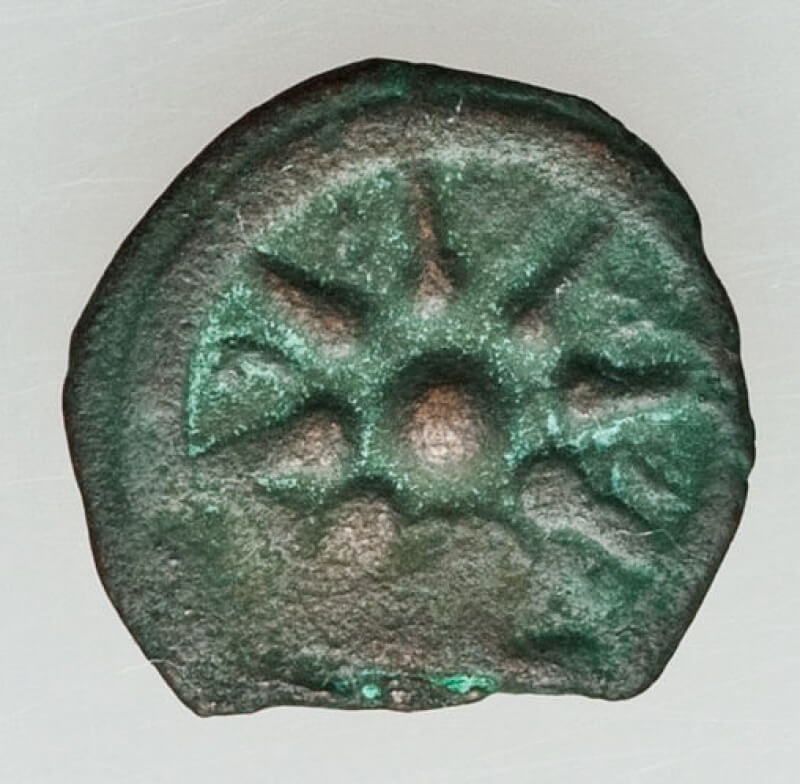
The Widow’s Mite
Jan 5, 1993. In the Bible there is a story about men giving large amounts of money to the church and a widow whose two coin offering pales in comparison. Her donation was much greater though, because unlike the wealthy men, she gave all she had. This is where the coin, “The Widow’s Mite” got its name. “Mite” meaning coins of very little value. These coins feature an anchor on one side and a star on the other and can be purchased now for just a few dollars. These coins are a great reminder that love is more important than wealth. 2:46
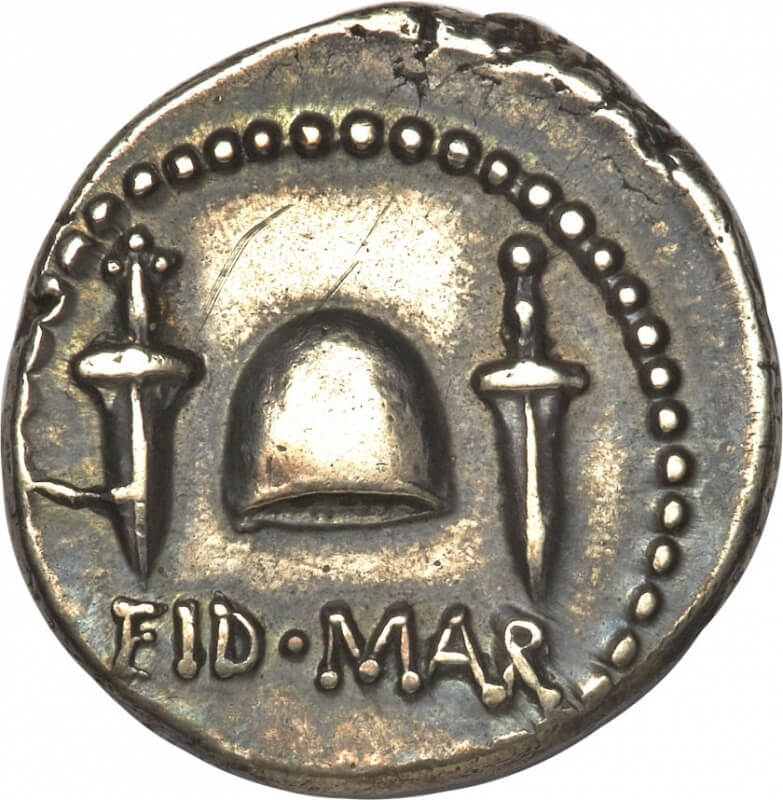
Coins Tell the News
Jan 6, 1993. Before printing presses were invented, ancient Romans had to take a creative approach to get breaking news out to the masses. They began engraving current events on coins to get the world out. In 44 B.C., when Brutus helped assassinate Julius Ceasar, a coin was sent out with Brutus that had two daggers and “Ide Mar” on it. This signified “The Ides of March,” the date of Julius Caesar’s death. The coin was a public declaration saying that things would be better with Julius Caesar gone. 2:45
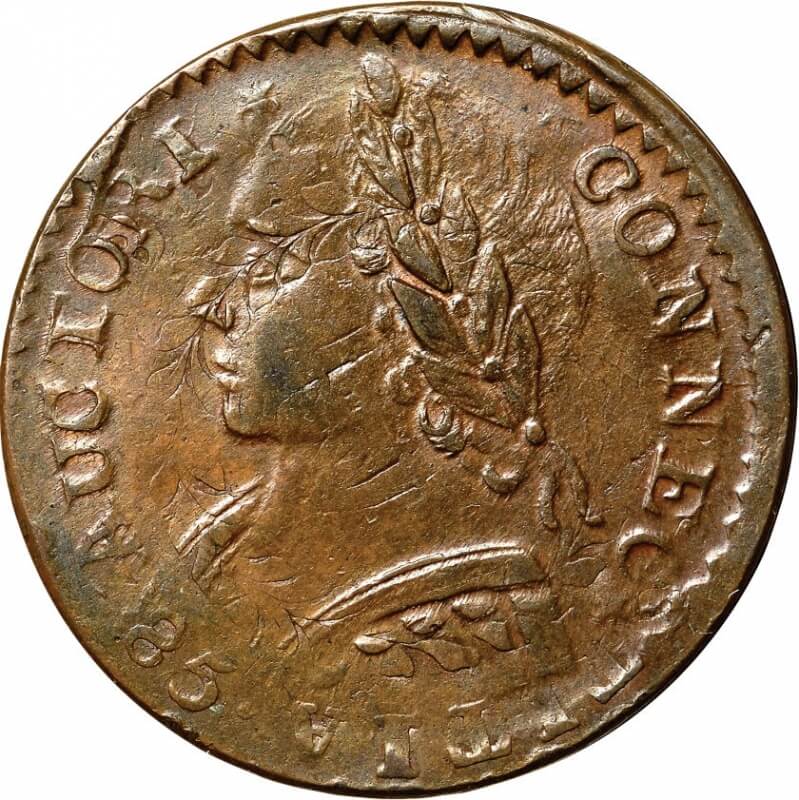
Bungtown Coppers
Jan 7, 1993. Everyone loves a bargain, coin collectors included. Imagine a buy one get one free sale on coins! When you purchase a recycled coin this is exactly what you are getting because you are buying a coin that was struck over an earlier one. Recycling coins was an easy way to make money because it was a pain to make coins from scratch each time. Instead, over-struck coins were produced. Sometimes the coins came out messy and you would see remnants of the old coin. When you find a coin like that you can really see that you received two coins for the price of one. 2:45
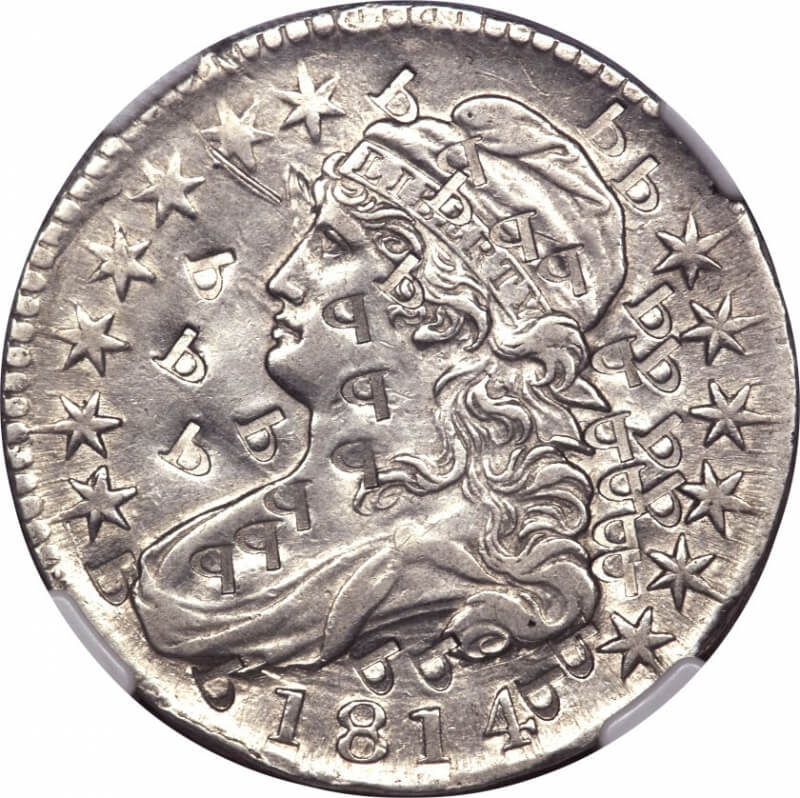
Alternative Money Material
Jan 8, 1993. The U.S. Mint has experimented with many materials for coins over the years. Many times the coins are destroyed before the public ever sees them, but occasionally they are leaked to the public. There have been plastic pennies, platinum half dollars and many more coins produced with metals you would not expect. These coins were often not strong enough to be mass produced and some even snapped in half. This is why we have the coins that we have today but some coin collectors are lucky enough to have gotten their hands on these rare coins made with alternative material. 2:45
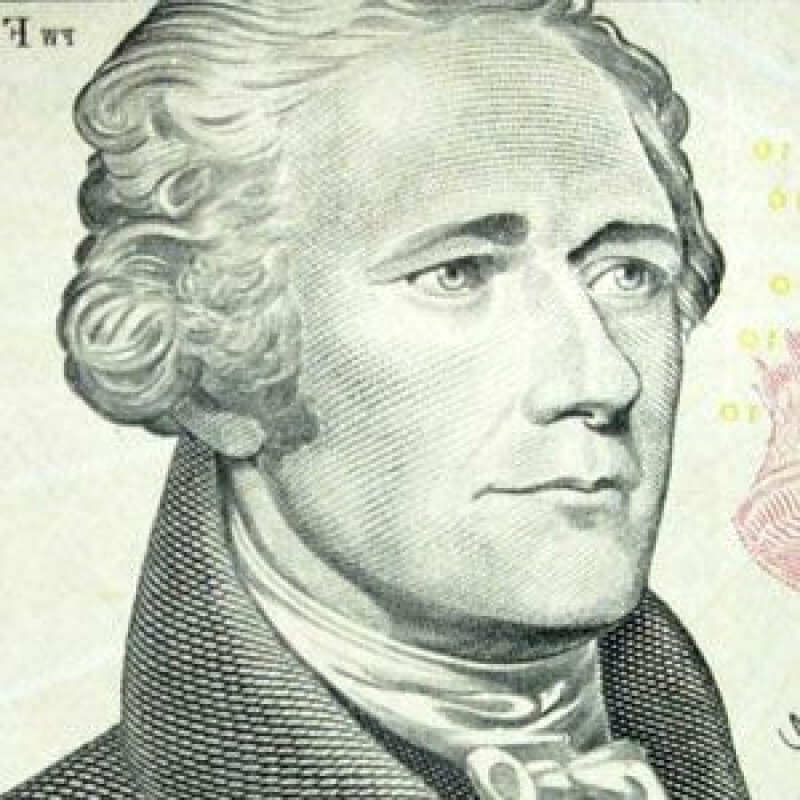
Commonality Between Nevis and New Jersey
Jan 11, 1993. Alexander Hamilton was born on the small island of Nevis in the West Indies in 1755. When he came to America he made quite an impression on George Washington. He proved to be very valuable and financially savvy and was made the first secretary of the treasury. Alexander Hamilton had created an enemy during his involvement in American politics and Aaron Burr challenged him to a duel. Unfortunately, Hamilton lost the duel and was killed that day, but his legacy lives on and we all can remember his contributions to America through the $10 bill. 2:45
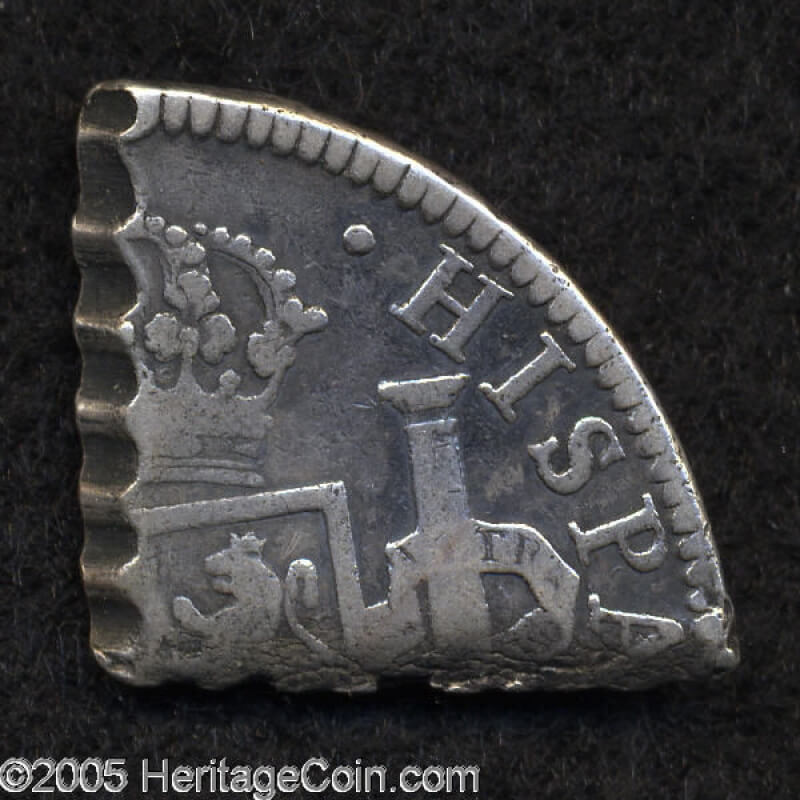
Breaking a Dollar
Jan 12, 1993. Breaking a dollar for someone is very common today, but back in the day it meant something much different than simply making change. Back then, people would actually cut pieces of coins and “break” a dollar. This was not legal and it was monitored by the government as much as possible to stop it from happening, but people still found ways to pass around pieces of a dollar. These pieces were originally a little larger than a quarter. Now, pieces half the size, a quarter of the size, and even an eighth of the size are found and collected. 2:44
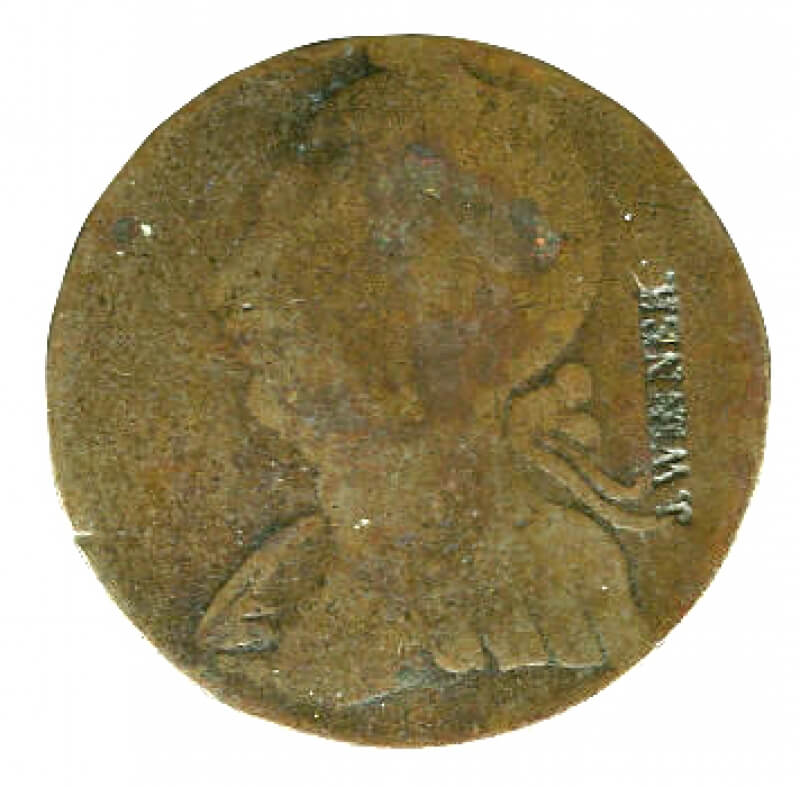
Canadian Blacksmith Tokens
Jan 13, 1993. Wouldn’t life be so much easier if everyone could make their own money at home? This isn’t possible today but it was possible once upon a time in Montreal, Canada. People could make homemade coins that they could use as real currency. The coins were the size of a half dollar and used so often that they are now almost entirely worn down. These homemade coins are now a great collectors item. 2:46
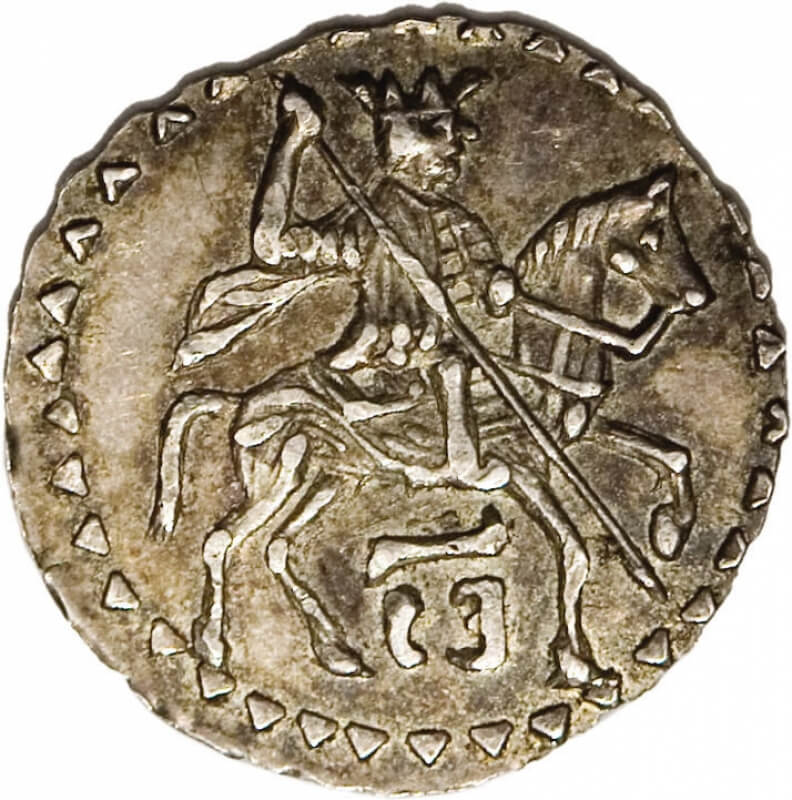
Russian Wire Money
Jan 14, 1993. Ivan the Terrible was known for his rule in Russia that resulted in several wars and millions of casualties, but in 1547, Ivan the Terrible also created currency made out of wire. These coins were small oval disks and they featured designs on them that featured an image of the current ruler and then another war-like image on the other side. These coins were eventually phased out by Peter the Great who changed the currency to pressed coins. 2:46
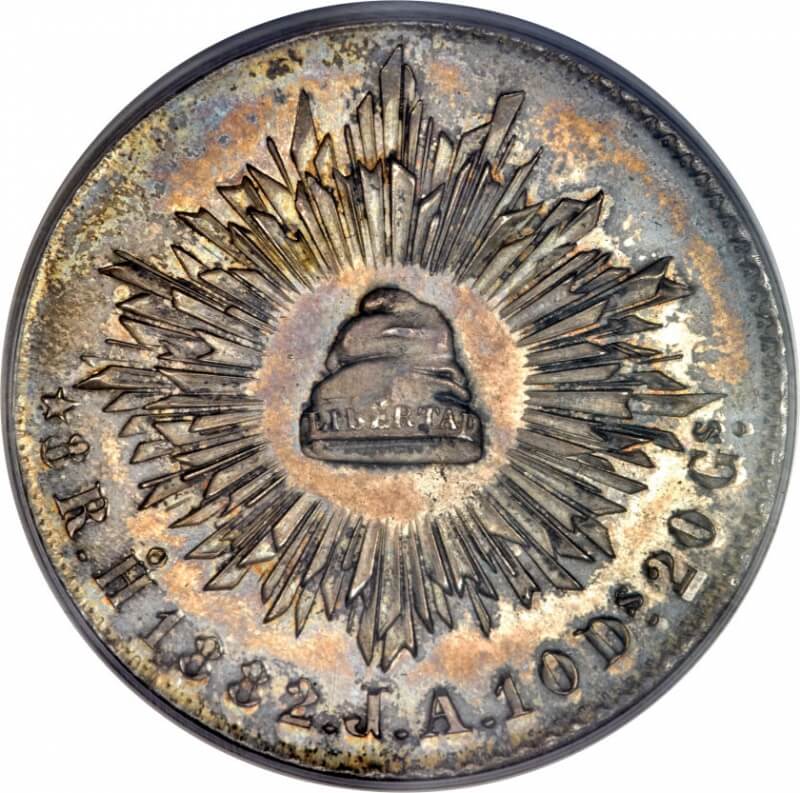
Decimal Coinage System
Jan 15, 1993. Can you imagine if a dollar could be divided into 1,440 parts? That would certainly make giving change a little more difficult! In 1782, Robert Morris proposed this idea to congress. The idea was based on the Spanish pieces of 8. The proposal was turned down because everyone agreed that the math involved would be very difficult. Instead, money would come in 100’s, 50’s, 10’s, 5’s and 1’s. It’s interesting to think how different money would be if Robert Morris’ proposal had succeed. 2:45
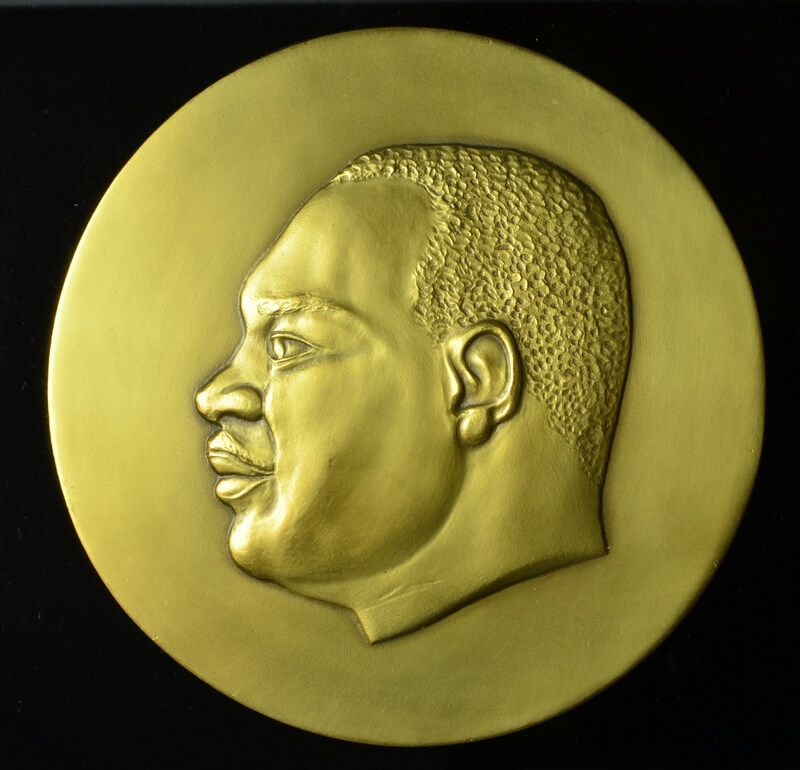
Dr. Martin Luther King Jr.
Jan 18, 1993. Dr. Martin Luther King Jr. is best known for his work as a Civil Rights leader. He gained national attention as he changed America. In 1963, Dr. Martin Luther King Jr. gave his famous, “I Have a Dream” speech in front of 250,000 people. It was a speech that shook a nation and a speech that is still played today to commemorate the courageous leader. The activist received a Nobel Peace Prize and he also has a holiday dedicated to him. 2:46
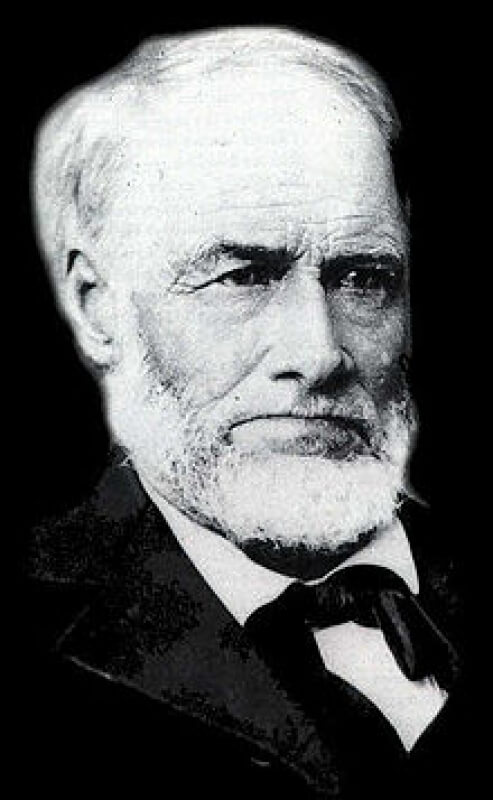
The Gold Rush
Jan 19, 1993. In California in the 1800s, San Francisco was a quiet town with a small population. That is, until a local man named John Marshall saw gold flakes in the river. News got out that people were mining for gold in California and soon people from all over the world were jumping on ships to come test their luck in the rivers. The town quickly became overpopulated and there was not enough gold for all of the prospectors. 2:43
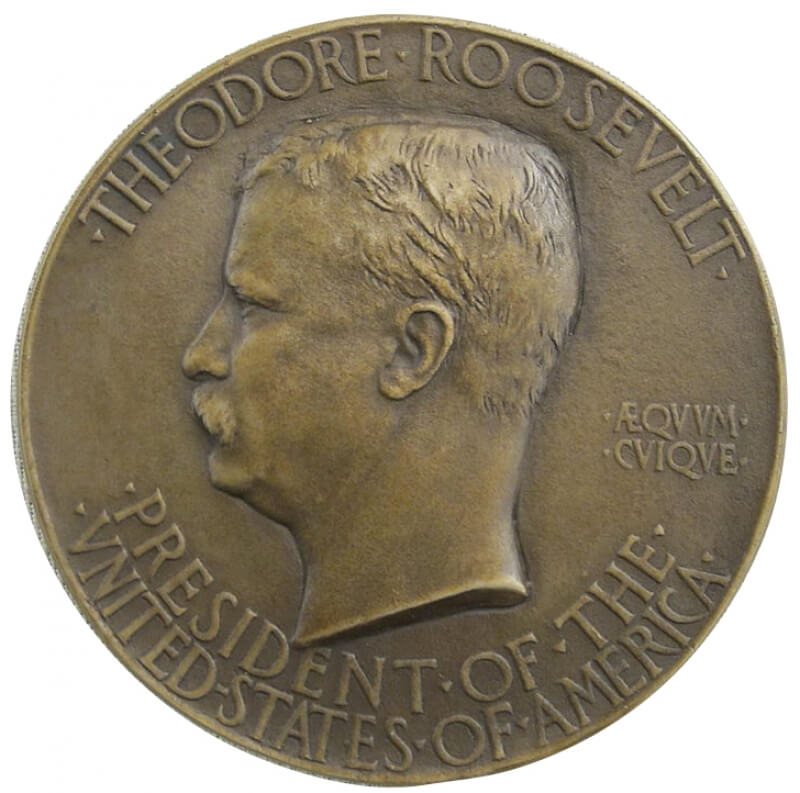
Presidential Inaugural Medal
Jan 20, 1993. On January 20, 1993, President Bill Clinton was inaugurated. During an inauguration the new President gives a speech and a Presidential Inaugural Medal is made. These medals are instant collectors items and feature a picture of the new President on them, along with the date of the inauguration. Presidential Inaugural Medals have been made for quite some time. The first medal was made for Thomas Jefferson and it is so rare that many collectors have never seen one. These medals are produced every time a new President comes into office and many of them are reasonably priced, making them a great item to collect. 2:39
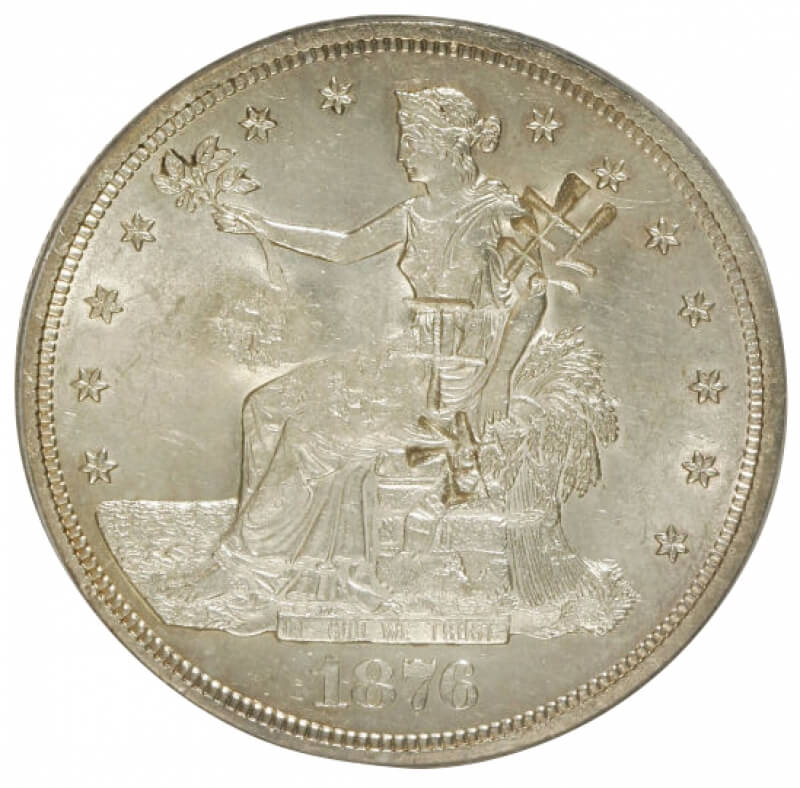
America’s Trade Dollar
Jan 21, 1993. In the 19th century, Americans who wanted to trade with eastern countries had to purchase pesos for 15% more than they were worth. The eastern countries being traded with would not accept any other currency, so the process of trading was difficult and expensive. The American traders proposed an American trade dollar that could purchase goods from eastern countries and one was eventually created. To ensure that the trade dollars were authentic, traders would pound them and leave small chop marks across them. These trade dollars are no longer backed by the government. 2:44
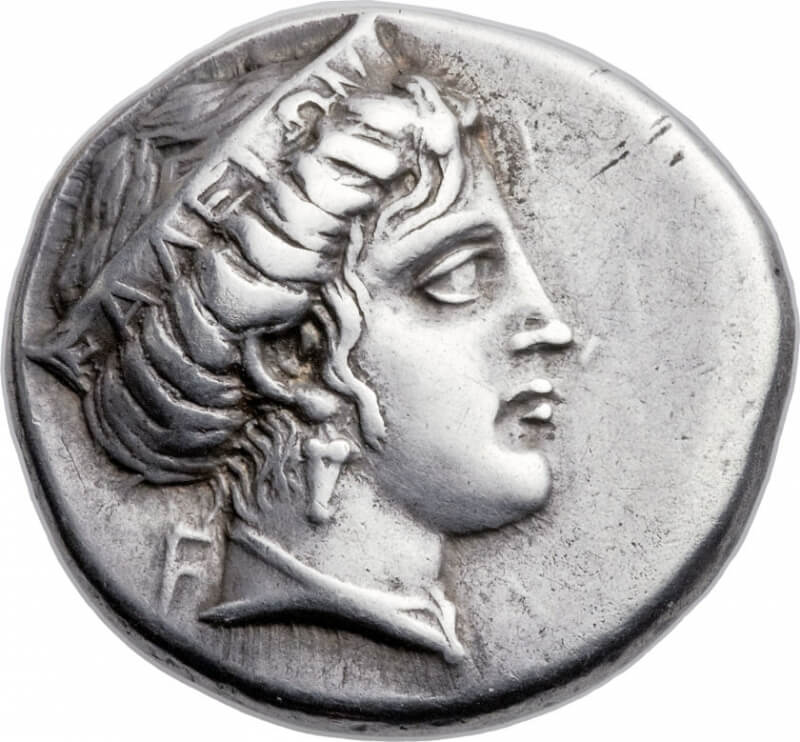
Money and Athletics
Jan 22, 1993. Back when each town had their own currency, it was difficult to travel and pay for expenses because your money may not be accepted in that town. When people from all over the world would go to Olympia to watch athletes compete, they would face that issue. Spectators had no way to pay for goods. Olympia solved that problem by making a currency that could be used by all. The athletes who competed would receive wreaths and other gifts for winning the events. 2:44
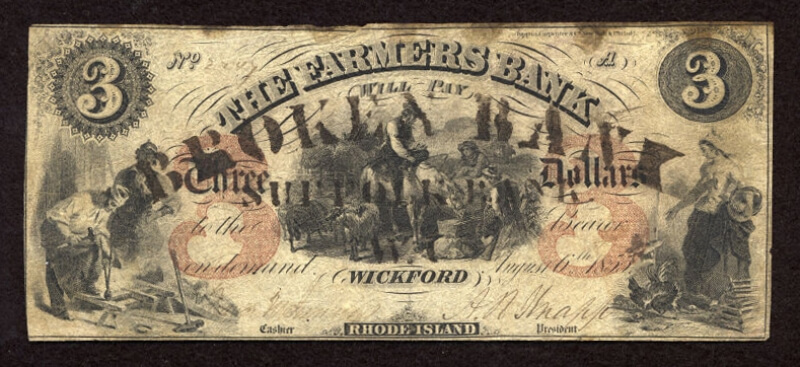
Savings & Loan Scandals
Jan 25, 1993. In the past, the government had little to do with the money of the public. That responsibility and trust was put into the banks. This decision ended up costing people a lot of money because the banks were not trustworthy. The banks would say they had money and then when people would go to make a withdrawal the doors would be closed. During this time, banks had to issue broken bank notes, a piece of paper that varied in color and designs. These broken bank notes are now collected by many. 2:41
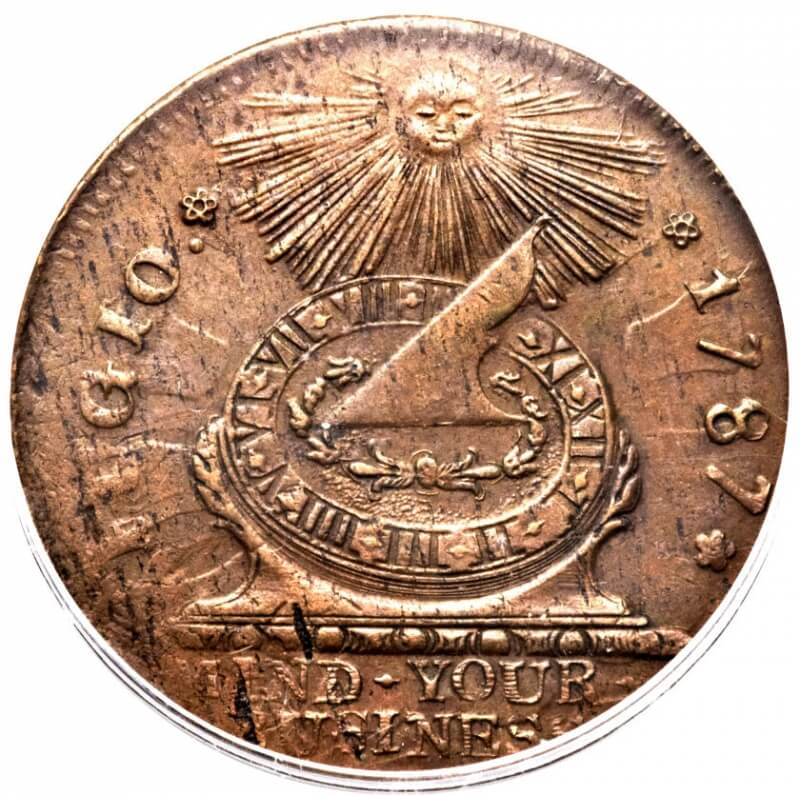
Fugio Cent
Jan 26, 1993. During the American Revolution, the colonists were short on money and decided to ask France for silver. France agreed, because they were also an enemy of Britain’s. The silver was set to be on it’s way and Franklin began creating a design that would be featured on the coin. Unfortunately, the silver never came from France and only a few coins were made. The test coins featured several phrases including, “Mind Your Business” which was a message to the colonists that time was running out. 2:44
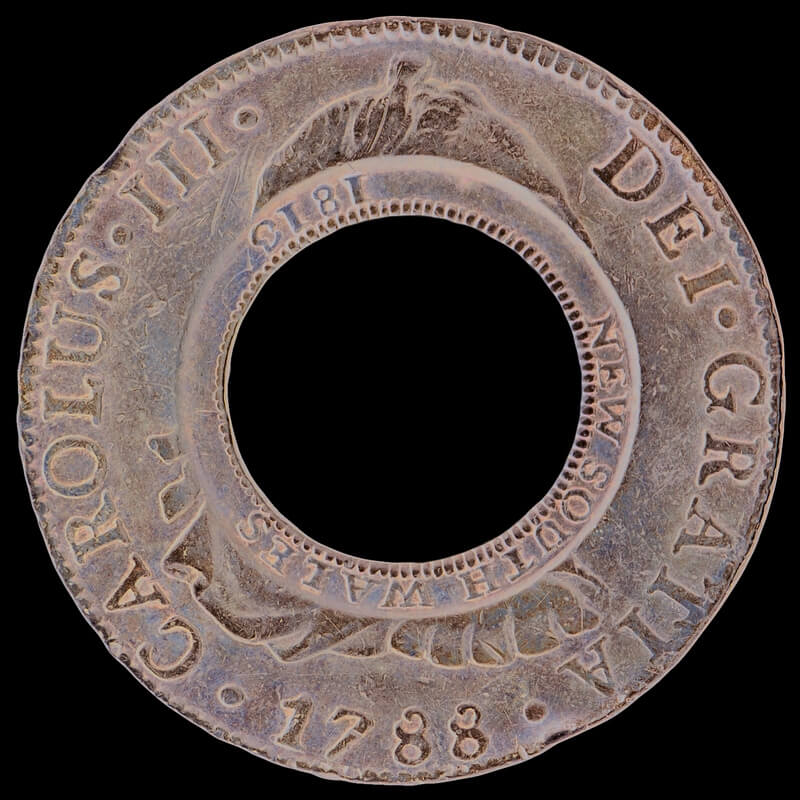
Holey Dollars
Jan 27, 1993. When Australia was first founded, the citizens were without currency for 30 years. A convict who made it to Australia by creating counterfeit coins was ironically the one who was put in charge of making the coins for Australia. The convict took Spanish pieces of eight and took out the center, creating two coins. The original designs on the spanish coins could still be seen. These coins are very rare and worth a lot of money today. 2:42
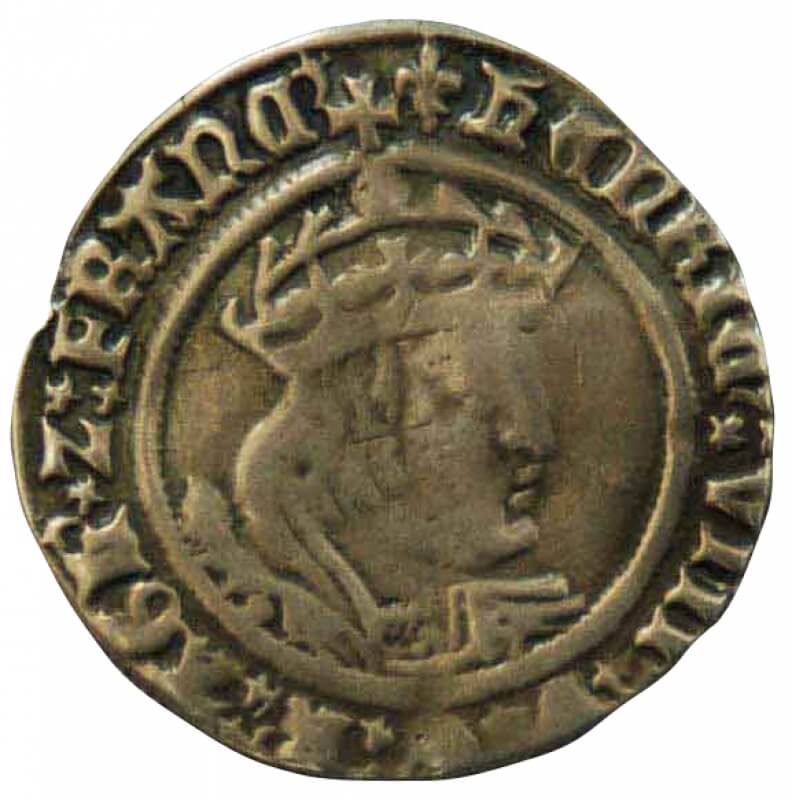
Old Coppernose- King Henry the 8th
Jan 28, 1993. King Henry the 8th changed the coins of England during his rule so that they would contain less gold and silver. Originally, the coins were almost purely silver and gold and the quality was noticeable. When King Henry had the coins changed, the silver coins were only ⅛ silver so they quickly wore down. This is how King Henry received the nickname “Old Coppernose,” because the spot that wore off on the coins first was right on his nose. Since then, England has gone back to its original currency. 2:43
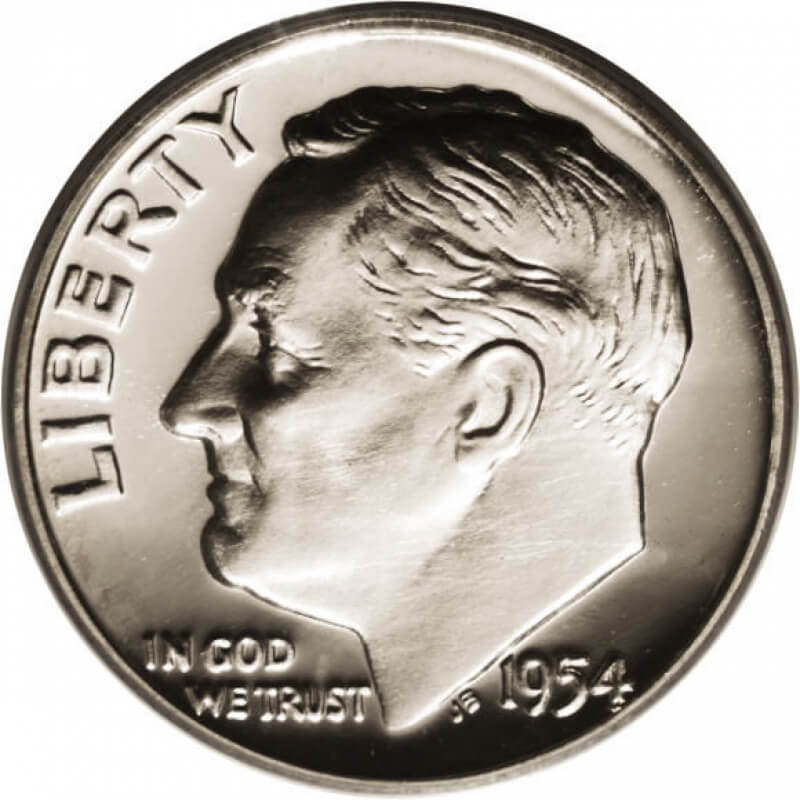
Roosevelt Dime and Polio
Jan 29, 1993. Franklin Roosevelt made many contributions to the country and was a very popular President. When he died from polio, the country was devastated. Many said that he should be on a coin and so the dime with Roosevelt was produced. The coin was rushed to be made on time for Roosevelt’s birthday and the March of the Dimes event. This event is a walk to raise money for research to cure polio, a disease that attacks the spine and paralyzes. Now when we look at the dime, we are reminded of a President who changed our country. 2:46
Subscribe to Our Blog
Numismatic news and stories, coin collecting tips, and more. ANA Coin Press is the official blog of the American Numismatic Association.